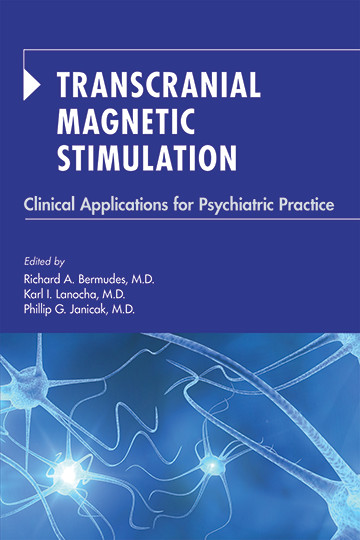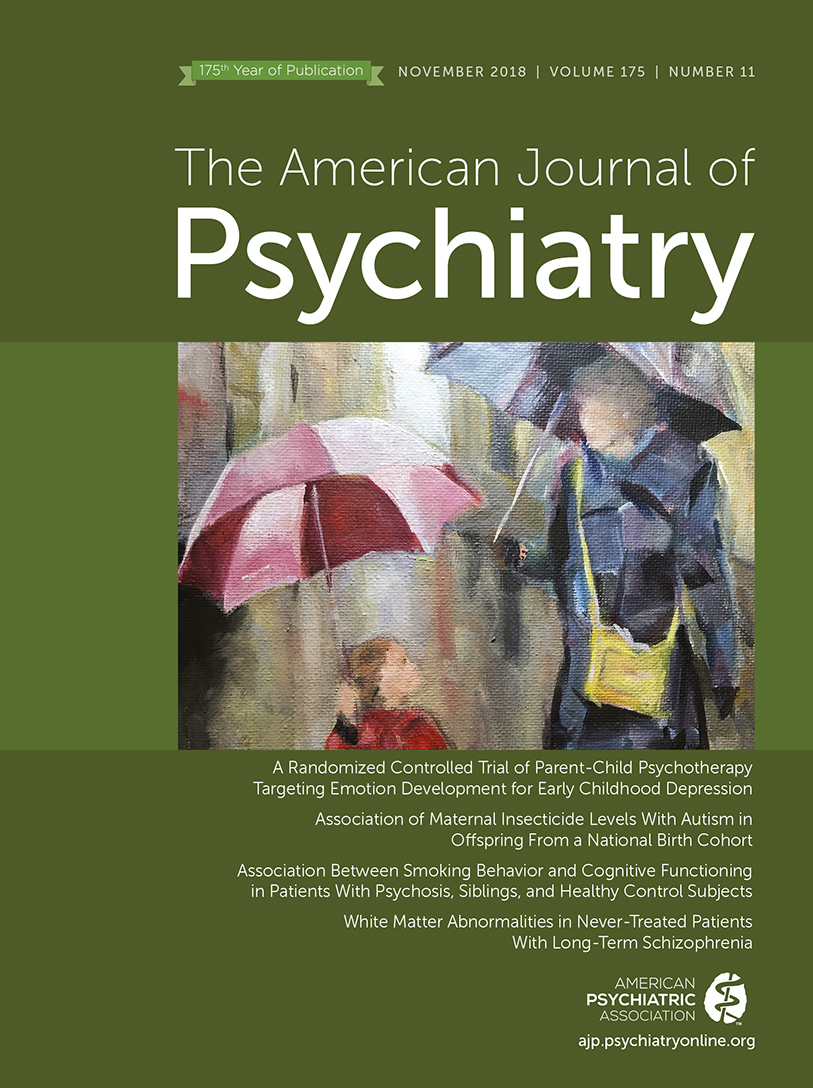There is a common path that novel technologies take along what the Gartner research firm has labeled the “hype cycle” (
1). In this paradigm, new discoveries and innovation create tremendous expectations that are in time left unfulfilled and followed by a trough of disillusionment where hopes for progress are lowest. It is only then that a technology matures over the slope of enlightenment to take its final and most realistic form. Ten years after its Food and Drug Administration (FDA) clearance and more than 30 years after its first use (
2), transcranial magnetic stimulation (TMS) seems finally to be coming of age in this regard.
After demonstrating that targeted cortical structures in the brain could be transiently stimulated or inhibited with a completely noninvasive device outside of the head, the field of neuromodulation began a new era in the 1980s. While the physics of electromagnetism had been fairly well understood since the mid-19th century, progress in TMS use was hampered first by technological limitations and then more persistently by our understanding of the brain’s cortical, subcortical, neuroplasticity, and network functioning. Cleared by the FDA for use in medication-refractory depression in 2008, the era of TMS use has matured for this indication, with many third-party insurance plans now covering treatment under medication-refractory circumstances. While advances into other clinical domains has been slower, TMS for depression has seemingly reached a saturation point; more psychiatrists are providing TMS, and mental health clinicians of all varieties need at least basic familiarity with this treatment option.
In their book Transcranial Magnetic Stimulation: Clinical Applications for Psychiatric Practice, Bermudes, Lanocha, and Janicak have contributed a valuable clinical resource for general and specialist mental health practitioners. The book’s purpose is to provide mental health care workers with a practical reference for management of patients receiving TMS; offer ideas about how to best integrate TMS and psychotherapy, and TMS and pharmacotherapy; and identify patients for TMS referral. It is the kind of text that is neither glamorous in its presentation nor ostentatiously dense, but it manages to include much of what providers in this field should know.
The value of this text can be found both in its description of TMS fundamentals but also in the real-world examples that are provided throughout the book. TMS practitioners in life become quickly acquainted with the complexity of our patients and how poorly they align with the clinical trial populations that led to the device’s approval. As a result, this perspective in a text is invaluable, particularly for a new provider learning the ropes of TMS or for someone considering a referral. There is a very clear section on how to prepare patients for TMS, a topic shrouded in mystery for those with little prescriptive history. Finally, discussions about combining TMS with medications and therapy are equally solid and necessary in helping clinicians work with actual patients.
The book is not without shortcomings, of course. There is a clear emphasis on depression, which is appropriate given the history of FDA clearance, but it remains somewhat backward looking. Writing about TMS in depression without sufficiently balancing the potential of TMS as a global tool is akin to describing the Swiss Army knife by detailing the corkscrew and just briefly mentioning everything else that makes it special in two chapters. The authors’ approach is a reflection of the field, but the field should do better. If this depression-heavy description is not outdated within 5 years, the field will have failed our patients in this regard.
Finally, at a time when the field of TMS still wears the scars of being potentially overhyped, it is doubly important to remain grounded in the fundamental principles of clinical neuroscience. Perhaps in an effort to make the material more accessible to all readers, this book could do better in this regard. As an example, the authors take the laudable step of providing circuit diagrams outlining the neuroanatomical and connectivity basis of many psychiatric disorders, but they stop short of labeling how the described nodes relate to one another. With the emerging importance of not only correlated but anticorrelated nodes affecting the efficacy of TMS (
3), and with a tool at our disposal that can either excite or inhibit those nodes, it is essential to be more comprehensive.
Overall, Bermudes and colleagues provide a worthy entry into the field’s library of resources, and it will serve many novices and other interested parties well as a primer. As with the use of TMS itself, the hope remains that the field will continue to grow into its potential.


